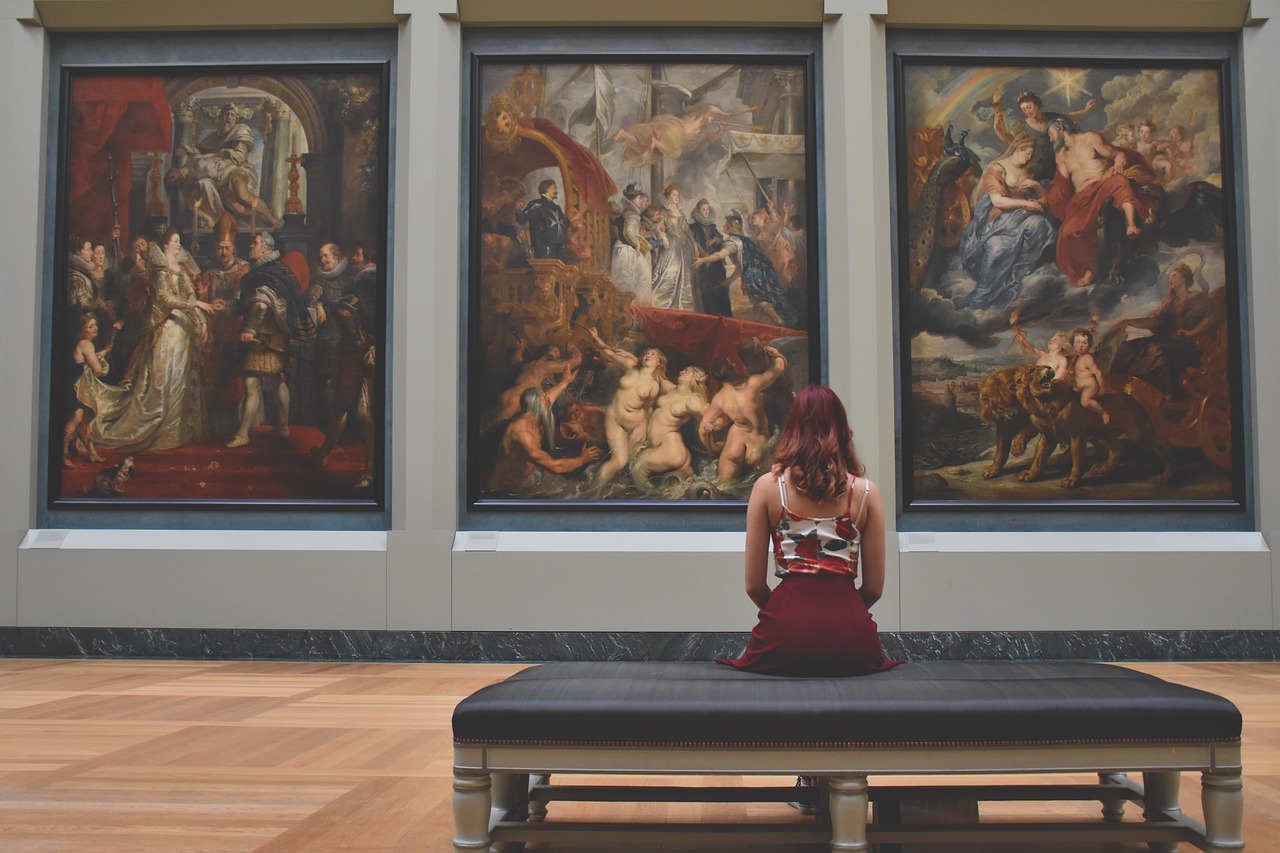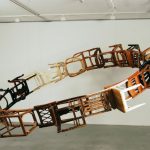in the ever-evolving world of art, the act of creating art out of existing art is a fascinating phenomenon. This transformative process, known as appropriation or recontextualization, allows artists to reimagine, reinterpret, and reinvent, giving birth to fresh and thghout -provoking creations.
Collage- A Symphony of elements:
Artists stitch together fragments of different artworks, creating a collage that transcends the sum of its parts. This technique blends textures, periods, and styles, crafting a visually complex narrative.
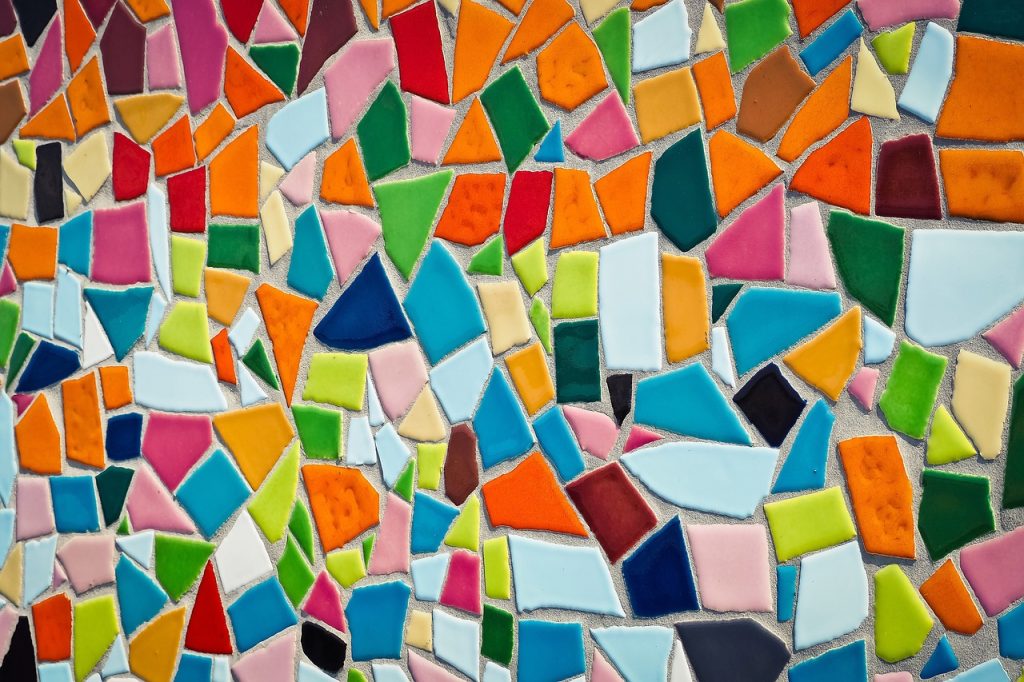
Reinterpretation – Classics reimagined:
By revisiting and reinterpreting classic artworks, artists bridge the past and present. This method involves re-envisioning famous pieces through modern or personal perspectives, often to comment on contemporary issues or to pay homage to artistic forebears.
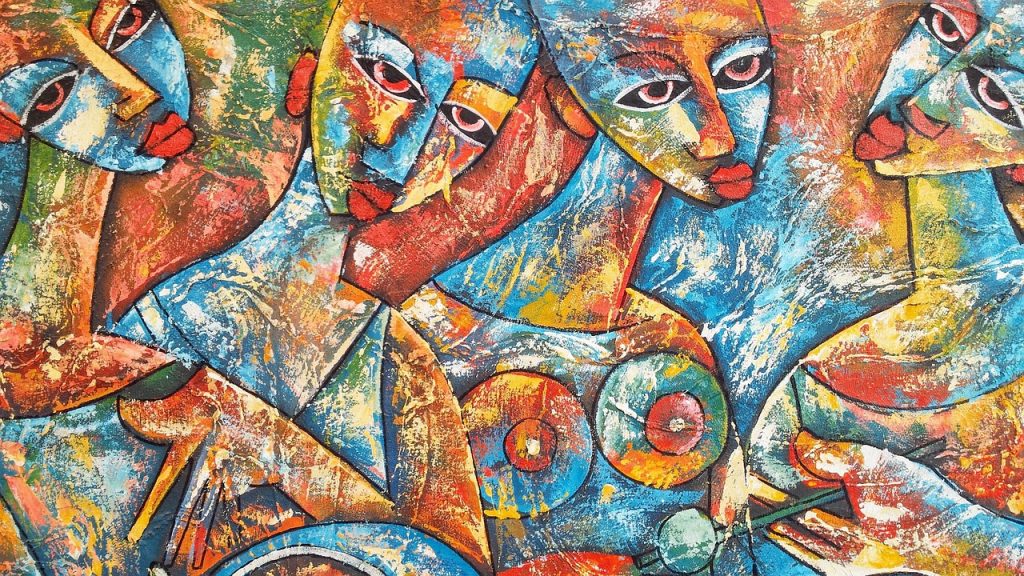
Digital Alchemy – The Technological Touch :
In the digital era, art undergoes metamorphosis through software and algorithms. Digital manipulation enables artists to alter, combine, and create layers of images, pushing the boundaries of traditional art forms.
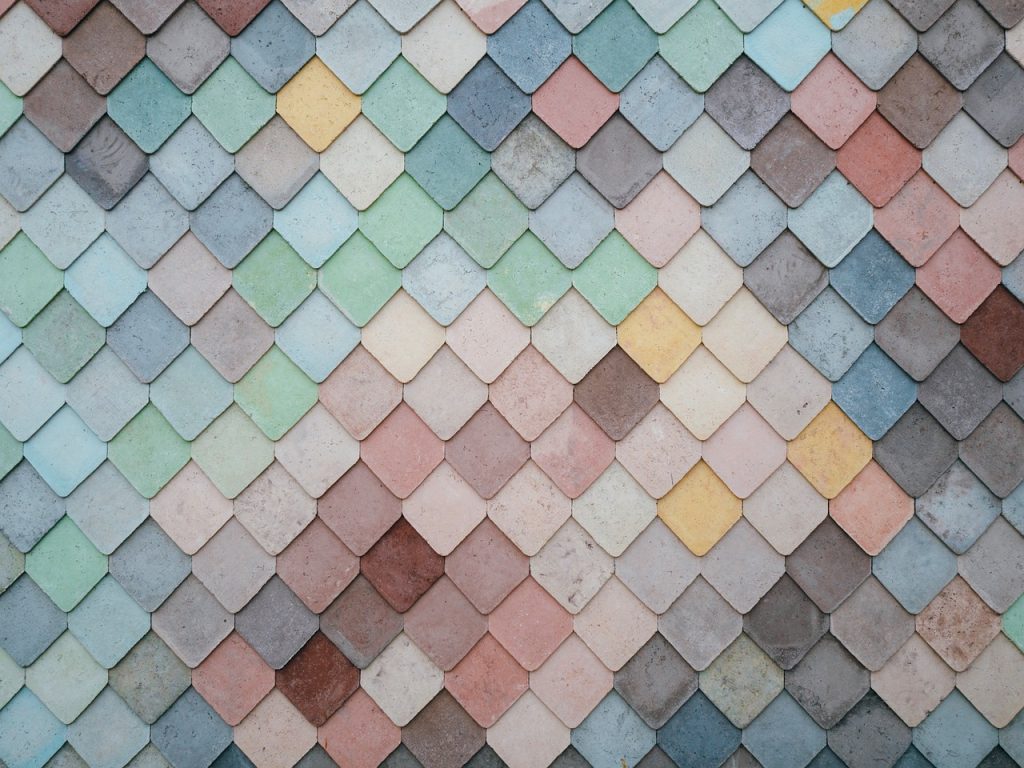
Installation Art -context as a canvas
installation artists transform existing art by altering its context. By presenting art in unconventional spaces or in interactive environments. They invite audiences to experience art from a new, immersive view.

Intertextuality – Conversations between Artworks :
Intertextuality in art involves referencing or incorporating elements from one work into another. This approach creates a dialogue between the old and the new, allowing artists to explore deeper meanings and relationships.
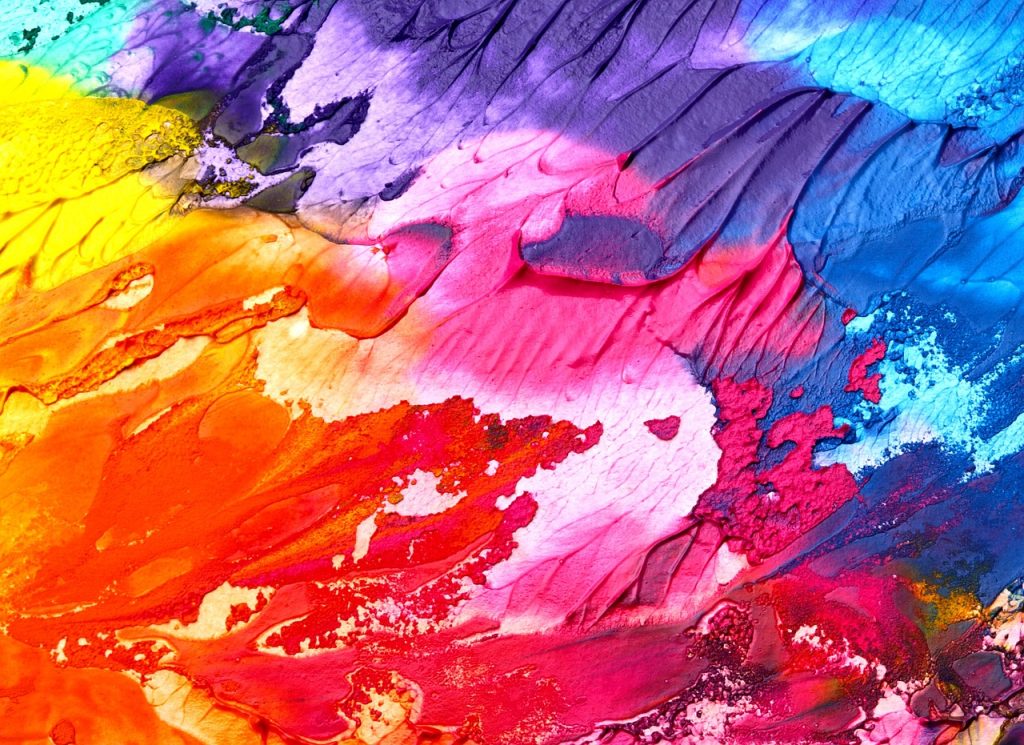
In conclusion, the act of creating art is a profound journey that transcends more expression. it is a conduit through which artists communicate with the world , bringing the gap between the intangible and the tangible. Through their diverse methods, artists do more than create; they engage in a dialogue with history, challenging and expanding the very essence of what art can be.

